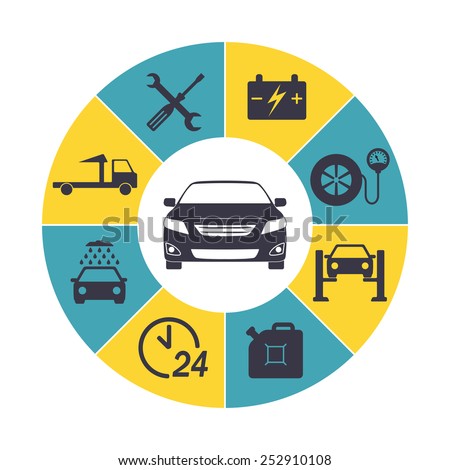Eager To Understand What The Dashboard Warning Lights In Your Cars And Truck Represent? Discover Their Significances For The Well-Being And Security Of Your Car
Eager To Understand What The Dashboard Warning Lights In Your Cars And Truck Represent? Discover Their Significances For The Well-Being And Security Of Your Car
Blog Article
Content By-Higgins Shepherd
When you're behind the wheel, those glowing caution lights on your control panel can be a little bit bewildering. Do you understand what they're attempting to inform you about your auto's health and wellness? Recognizing the importance of these lights is vital for your safety and the durability of your automobile. So, the following time one of those lights pops up, would not you want to decipher its message properly and take the essential steps to resolve it?
Common Warning Lights and Interpretations
Determine typical caution lights in your automobile and understand their definitions to ensure safe driving.
One of the most common warning lights consist of the check engine light, which signals problems with the engine or emissions system. If this light comes on, it's important to have your lorry examined without delay.
The oil stress advising light suggests reduced oil pressure, calling for immediate attention to stop engine damage.
A blinking battery light might suggest a faulty charging system, possibly leaving you stranded otherwise attended to.
The tire stress surveillance system (TPMS) light informs you to low tire stress, affecting car stability and gas performance. Neglecting this might result in risky driving conditions.
The ABS light shows a problem with the anti-lock braking system, endangering your ability to stop promptly in emergencies.
Lastly, the coolant temperature level cautioning light warns of engine overheating, which can cause extreme damages otherwise solved promptly.
Understanding these usual warning lights will assist you deal with problems immediately and preserve secure driving conditions.
Relevance of Prompt Attention
Recognizing the typical warning lights in your cars and truck is just the initial step; the significance of promptly dealing with these cautions can't be emphasized enough to guarantee your safety and security when driving.
When https://daltontpjey.is-blog.com/36281627/eager-to-study-vehicle-detailing-materials-learn-which-tools-are-important-and-gather-experienced-insights-to-improve-your-detailing-proficiency-as-a-newbie illuminates on your dashboard, it's your auto's way of interacting a potential problem that requires focus. Neglecting these cautions can result in a lot more extreme issues in the future, jeopardizing your safety and security and potentially costing you much more in repairs.
Prompt attention to warning lights can avoid breakdowns and accidents. For instance, a blinking check engine light might indicate a misfire that, if left neglected, could create damage to the catalytic converter. Resolving this quickly can save you from an expensive repair service.
Likewise, a brake system alerting light might signal low brake liquid or used brake pads, essential elements for your safety and security when driving.
DIY Troubleshooting Tips
If you observe a caution light on your dashboard, there are a couple of DIY troubleshooting ideas you can attempt before looking for specialist assistance.
The very first step is to consult your cars and truck's manual to comprehend what the details caution light suggests. Occasionally the issue can be as straightforward as a loose gas cap activating the check engine light. Tightening up the gas cap may settle the trouble.
One more usual issue is a reduced battery, which can activate various advising lights. Examining the battery links for deterioration and guaranteeing they're protected may fix the issue.
If a caution light lingers, you can attempt resetting it by separating the vehicle's battery for a few mins and afterwards reconnecting it. In addition, inspecting your car's fluid degrees, such as oil, coolant, and brake liquid, can assist repair warning lights associated with these systems.
Final thought
Finally, comprehending your car's warning lights is essential for keeping your vehicle running efficiently and securely. By promptly resolving visit our website and recognizing what they mean, you can stay clear of expensive repairs and possible break downs.
Remember to consult your vehicle's guidebook for certain details on each cautioning light and do something about it appropriately to guarantee a trouble-free driving experience.
Stay informed, remain safe on the road!
